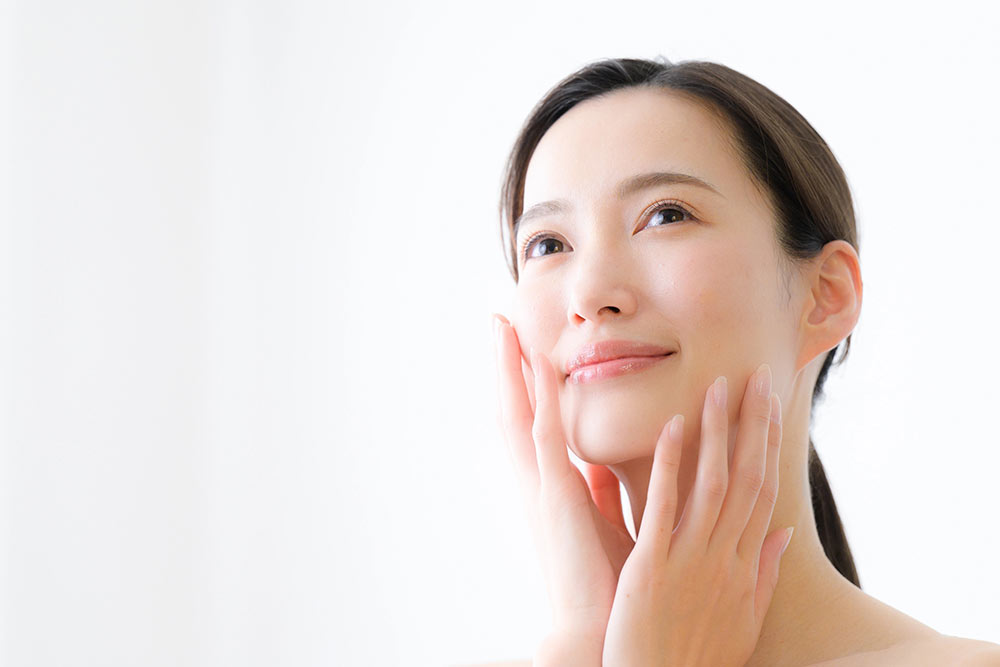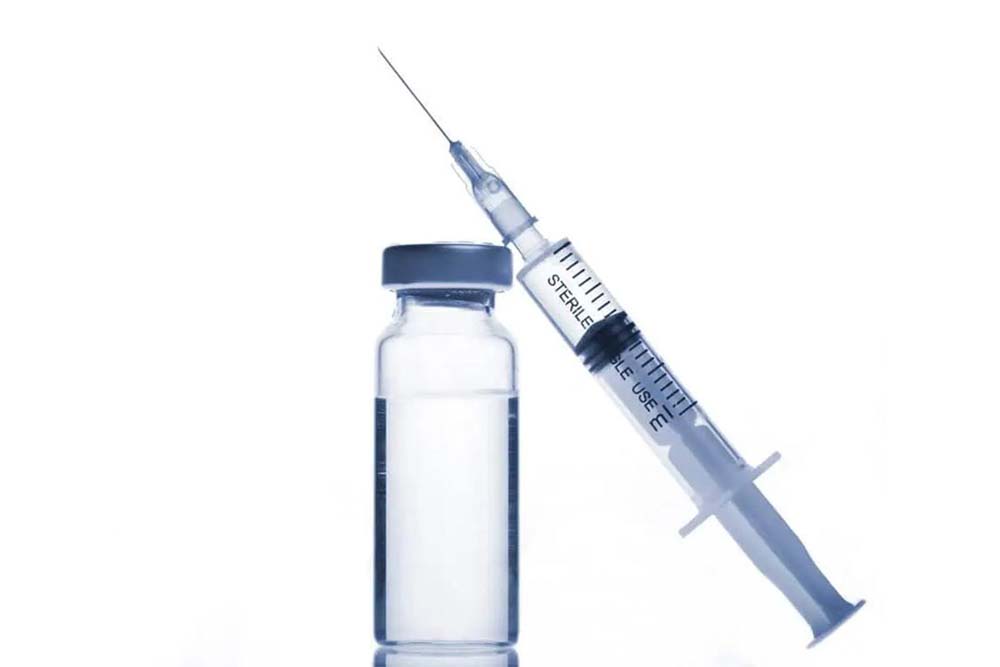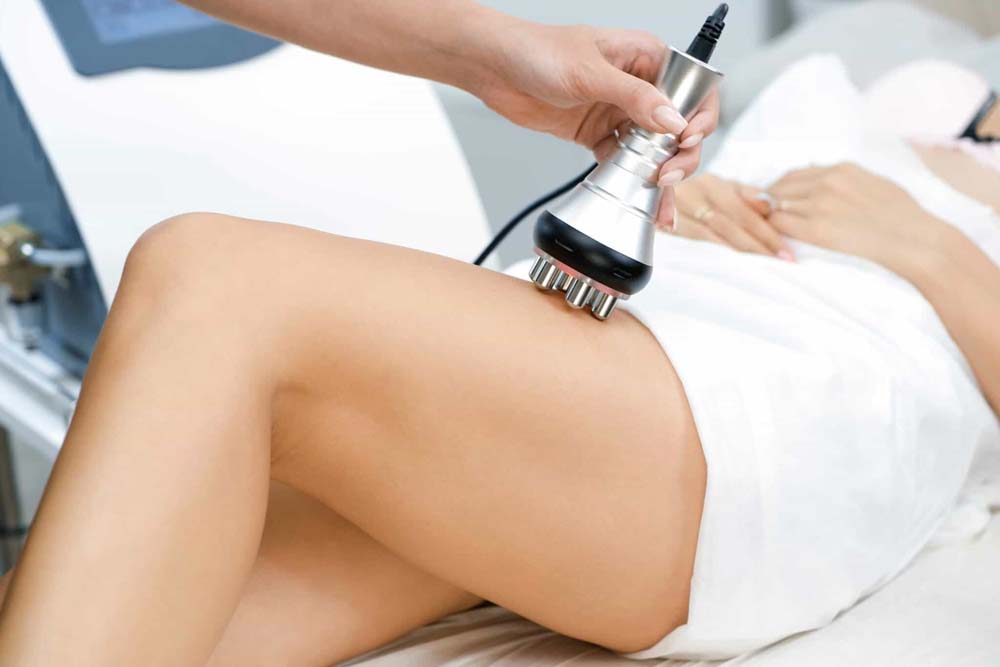Introduction
Many people often worry about experiencing hair loss, as it is a widespread concern among individuals. With the increasing demand for non-surgical hair restoration options, Platelet-Rich Plasma (PRP) hair treatment has gained popularity. PRP is a minimally invasive procedure that uses the patient’s blood to promote hair growth. It involves extracting a small amount of blood, taking and concentrating the platelets, then injecting the resulting platelet-rich plasma into the scalp.
PRP has gained popularity due to its potential effectiveness in stimulating hair growth and improving hair density without surgery. It is used as a standalone treatment or with other hair restoration procedures. However, understanding the success rate of PRP hair treatment is crucial for patients considering this option.
In this blog article, we will tackle the definition and brief explanation of PRP hair treatment, explore the growing popularity of PRP as a non-surgical hair restoration option, and emphasize the importance of understanding the success rate of PRP hair treatment.
Understanding PRP Hair Treatment
PRP hair treatment involves a multi-step process that begins with a blood draw from the patient. The blood is then processed to isolate the platelet-rich plasma, a concentrated solution containing a higher concentration of platelets than normal blood. The processing typically involves centrifugation, where the blood is subjected to high-speed spinning to separate the plasma from other components, resulting in the extraction of PRP.
Once the PRP is obtained, it is injected into the scalp using a fine needle. The injections are strategically administered in the areas of the scalp that require hair restoration based on the patient’s individual needs and the healthcare provider’s expertise.
PRP works by utilizing the platelets’ growth factors and other bioactive substances to stimulate hair follicles and improve blood circulation in the scalp. The growth factors in PRP are believed to promote cell proliferation, tissue regeneration, and angiogenesis, which can help rejuvenate and nourish the hair follicles. Improved blood circulation can also enhance the delivery of nutrients to the hair follicles, supporting healthier hair growth.
The ideal candidates for PRP hair treatment are those experiencing mild to moderate hair loss or thinning and with sufficient hair follicles that can still be stimulated to regrow hair. PRP is commonly used for androgenic alopecia, the most common type of hair loss caused by genetic and hormonal factors. However, PRP may only be suitable for some.
Factors Affecting the Success Rate of PRP Hair Treatment:
Various factors can influence the success rate of PRP hair treatment. It is essential to consider these factors as they can impact the treatment outcomes.
- Age, gender, and overall health of the patient may contribute to the efficacy of PRP hair treatment. Younger patients generally respond better to PRP treatment as they typically have better hair follicle health and a higher potential for hair regrowth. Gender can also be a factor, as hormonal differences between males and females can affect hair loss patterns and response to treatment. Overall health, including any underlying medical conditions, can also impact the success of PRP treatment, as patients with better general health may have improved healing and hair growth.
- The severity and cause of hair loss can also affect the success rate of PRP treatment. PRP is typically more effective in mild to moderate cases of hair loss, where viable hair follicles can be stimulated to regrow hair. The underlying cause of hair loss, such as genetic factors, hormonal imbalances, or medical conditions, can also impact the response to PRP treatment. Identifying and addressing the underlying cause of hair loss is essential to optimize the success of PRP treatment.
- The proper administration and technique of PRP treatment are crucial for its success. A qualified healthcare provider with experience in hair restoration procedures should perform PRP treatment. The concentration of PRP, the injection technique, and the depth of injections can all impact the treatment outcomes. Using appropriate equipment and sterile techniques during the treatment process is also essential to minimize the risk of complications and ensure optimal results.
- The frequency and duration of PRP sessions can also affect the success rate of the treatment. Typically, PRP hair treatment requires a series of multiple sessions scheduled with intervals spanning several months to attain the best results. The exact frequency and duration of the sessions may vary depending on the individual patient’s needs and the healthcare provider’s recommendation. Compliance with the recommended treatment schedule is crucial for optimizing the success of PRP treatment.
- Following proper post-treatment care instructions is essential for the success of PRP hair treatment. This may include avoiding certain activities, such as exposure to excessive heat or sunlight, avoiding harsh hair products, and following a recommended hair care routine. Compliance with post-treatment care instructions can help promote healing, protect the treated area, and optimize the results of PRP treatment.
Research and Studies on PRP Hair Treatment Success Rate:
As a non-surgical hair restoration option, PRP has gained significant popularity in recent years. Numerous scientific studies and clinical trials have been conducted to evaluate the efficacy of PRP for hair restoration. These studies provide valuable insights into the success rate of PRP hair treatment.
A review of scientific studies and clinical trials evaluating the efficacy of PRP for hair restoration can provide valuable information on the success rate of this treatment. These studies typically involve a controlled group of patients who receive PRP treatment and are monitored for hair regrowth and improvement in hair density. The results are assessed based on hair count, thickness, and patient satisfaction.
Despite the positive findings in research studies, it is essential to note that determining the exact success rate of PRP hair treatment can be challenging due to various limitations. Factors such as patient selection, variability in PRP preparation techniques, and lack of standardized protocols can affect the consistency of results across studies. Additionally, the subjective nature of patient satisfaction and the long-term durability of hair regrowth can also impact the assessment of success rate.
Research and studies on PRP hair treatment suggest a positive trend in its success rate, with reported rates ranging from 40% to 80% or higher in specific patient groups. However, it is essential to consider the limitations and challenges in determining the exact success rate of PRP hair treatment. Further research and standardized protocols are needed to understand better PRP treatment’s long-term outcomes and success rate for hair restoration.
Conclusion
Based on available research studies, clinical trials, and real-world experiences, PRP hair treatment has shown promising results in promoting hair growth and improving hair density in patients with hair loss. While the success rate of PRP hair treatment may vary depending on patient age, gender, health status, severity and cause of hair loss, treatment administration and technique, frequency and duration of PRP sessions, and compliance with post-treatment care instructions, it is generally considered as a safe and effective non-surgical option for hair restoration.
It is essential to approach PRP hair treatment with realistic expectations, as individual results may vary. Consulting with a qualified healthcare provider specializing in hair restoration is critical to determine the most appropriate treatment plan based on the patient’s unique condition and needs.
In conclusion, PRP hair treatment has gained popularity as a non-surgical hair restoration option. While success rates may vary, it can be considered a potential option for patients seeking to improve their hair growth and density.
Goodbye to hair loss, and say hello to a revitalized look with Pam Chaney Aesthetics! Feel free to contact us now to book an appointment for a consultation about how PRP hair treatment can be your solution for hair restoration. Don’t let hair loss hold you back – trust the experts at Pam Chaney Aesthetics to help you achieve your hair restoration goals!






